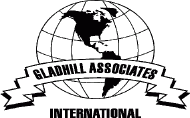
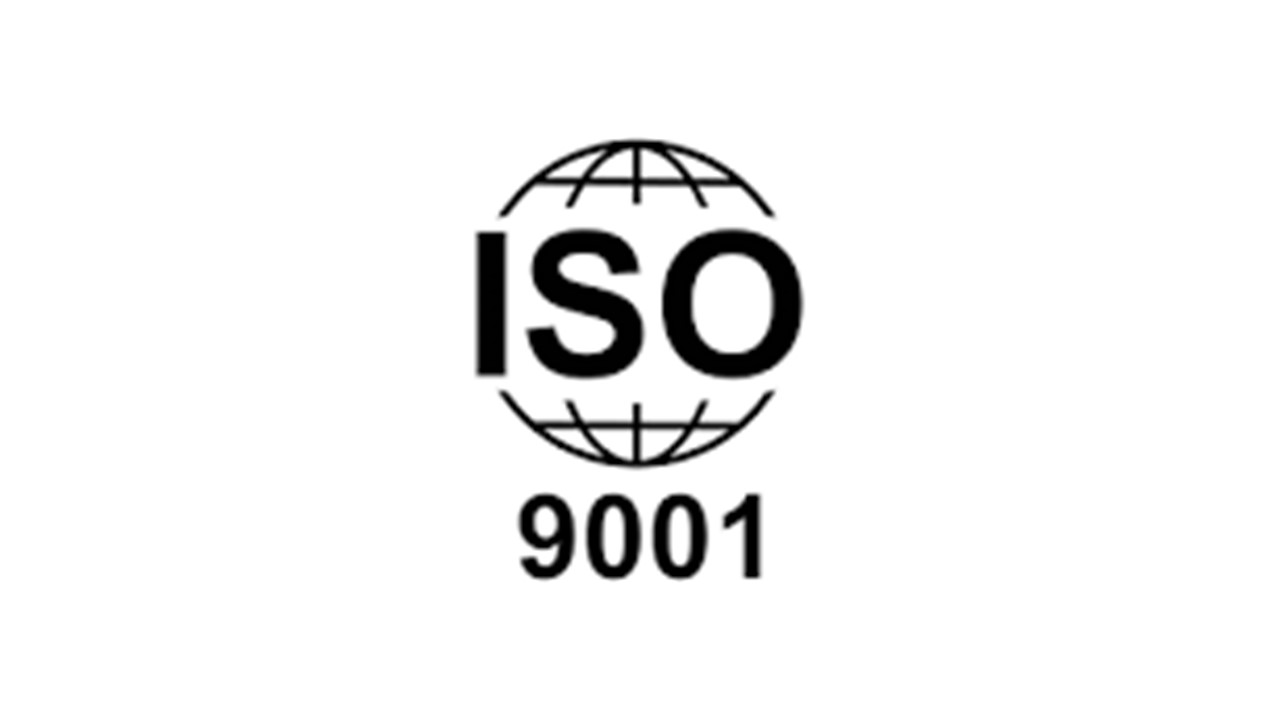
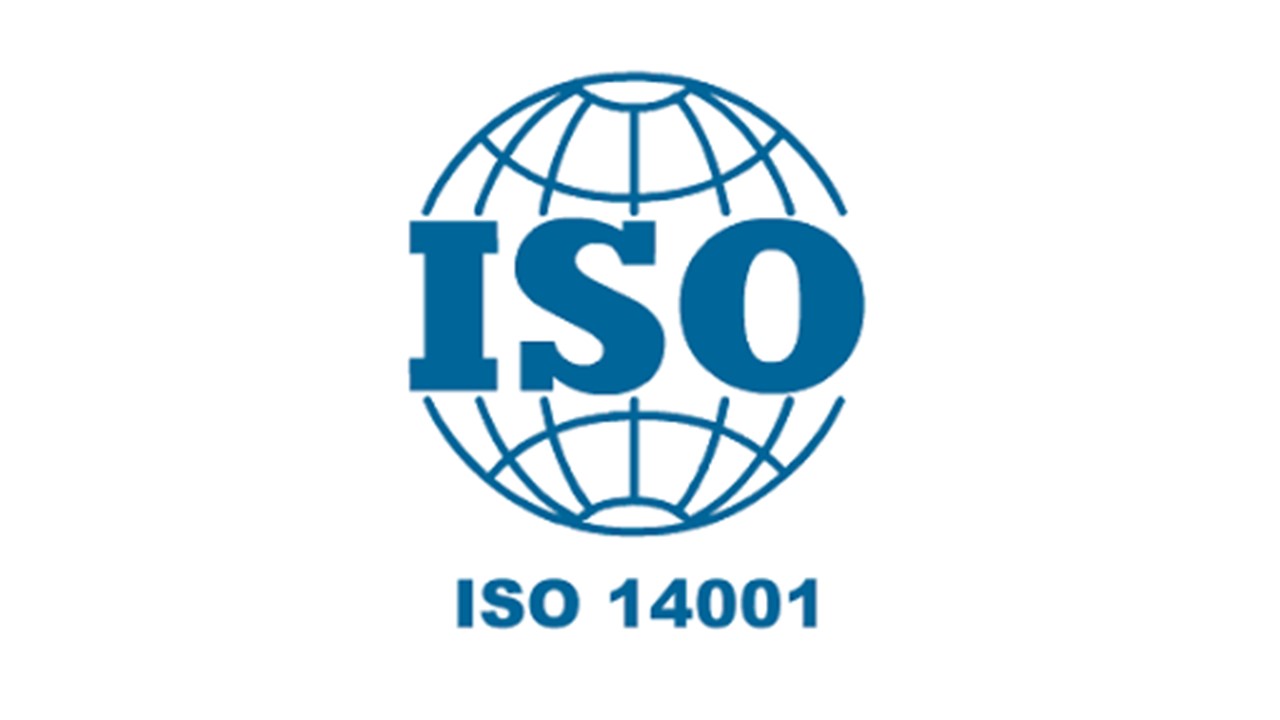
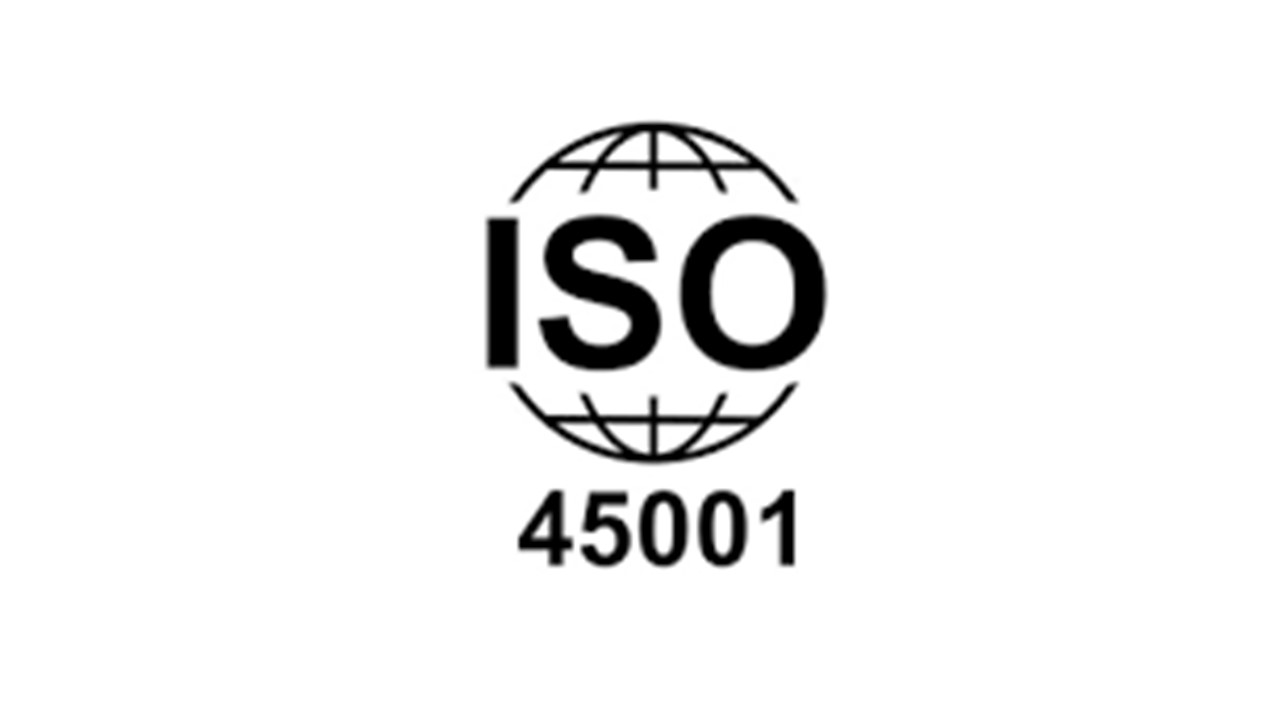
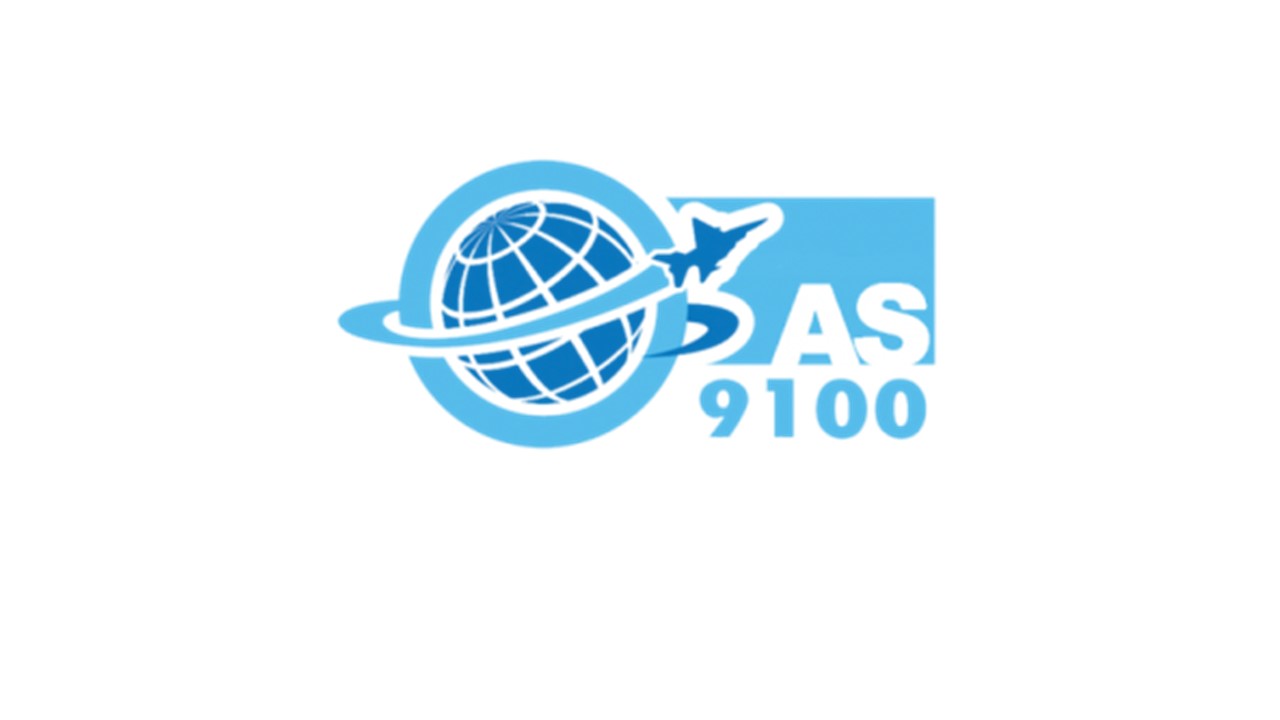
 |
Lead Auditor Courses |
Welcome to the Gladhill Associates International on-line and virtual classroom ISO 9001:2015, ISO 14001:2015and ISO 45001:2018 lead auditor courses. Our courses are Exemplar Global certified.
Due to the latest pandemic news the following is what Exemplar Global sent to their training providers:
“Virtual Training Is Acceptable as an Alternative to Classroom Training"
“Given the concern for public health in light of the global COVID-19 pandemic, it is understandable that many training organizations are canceling their public training courses. Many of these training organizations are replacing those public courses with virtual (online) training courses.
Exemplar Global has been asked if those virtual courses are acceptable under the RTP and TPECS training certification schemes. The answer is yes! Under the RTP and TPECS programs, training providers are free to design and deliver their courses as they see fit, so long as they continue to meet the requirements of the program their courses are certified to”.
There is no need to travel when you take a virtual or on-line course
Gladhill Associates International has the courses and content available in an on-line and virtual, easy-to-access format that can help you meet your career goals from the comfort of your own home or office.
You don't have to wait for classrooms to open back up either; with over 50 courses that cover topics across the quality domain, Gladhill Associates International’s virtual training helps you start or continue your improvement journey.
Lead Auditor Courses
Prepare yourself for real-life ISO 9001:2015, AS 9100D and ISO 14001:2015 auditing situations and learn how to manage and complete the audit process.
Understand the requirements of ISO 9001:2015, AS 9100D and ISO 14001:2015 and be able to conduct a successful audit. The course includes case studies, quizzes and scenarios to prepare you for real-life auditing situations. You’ll learn to manage the audit process and complete reporting in a collaborative and engaging environment.
This virtual, instructor-led course is comprised of three successive components delivered in convenient, 3 or 4 six to eight-hour days
Day 1 - Competency Unit-QM
Day 2 – Competency Unit-AU
Day 3 – Competency Unit TL
Many of Gladhill Associates International’s virtual and on-line courses provide electronic access to course materials for 30 to 90 days depending on the course. For virtual lead auditor courses the participant will be e-mailed the course materials, case studies, quizzes, scenarios as well as copies of the applicable standards.
Note: Refunds cannot be issued if course materials have been sent and/or accessed. Chrome and Edge browsers are recommended – Internet Explorer is not supported.
Virtual Format
An Internet-based, instructor led course utilizing web and teleconferencing technologies to allow participants to interact without traveling. Virtual and on-line courses offer interaction with instructor and participants using Internet capabilities.
Participants have access to interaction both with the instructor and other participants in an Internet-based learning environment (white board, Q&A tools, application sharing, and breakout rooms). Virtual and on-line courses are classroom-like experiences offered using the latest Internet tools.
Learning Objectives:
- Describe the ISO 9001, AS 9100 and ISO 14001 Quality Management System (QMS)/Environmental Management System (EMS) - Requirements standard and development process;
- Identify ISO 9000:2015, AS 9100D and ISO 14001:2015 QMS terms;
- Describe the intent and requirements of ISO 9000:2015, AS 9100D and ISO 14001:2015;
- Determine the evidence needed to demonstrate conformity to ISO 9000:2015, AS 9100D and ISO 14001:2015;
- Apply the process approach and Plan-Do-Check-Act (PDCA) methodology;
- Evaluate documented information required by ISO 9000:2015, AS 9100D and ISO 14001:2015 and the interrelationships between the quality/environmental processes, quality/environmental planning, policy, and objectives;
- Apply the principles, processes, and methods of auditing;
- Demonstrate the activities involved in preparing for an audit;
- Determine an effective audit in the context of the auditee’s organizational situation;
- Apply effective audit skills and practice personal behaviors necessary for an effective and efficient conduct of a management system audit;
- Establish and plan the activities of an audit team;
- Manage the audit process;
- Prepare the audit report and perform an audit follow-up;
Lead Auditor Course Outline
Introduction to Quality, Environmental or Safety Management Systems
Analysis of ISO 9000:2015, AS 9100D and ISO 14001:2015 (Introduction and Clauses 4-10)
Organizational Impact on Quality/Environmental Management System Auditing Quality, Environmental or Safety Management Systems
Management System Audits
Auditor Competence
Audit Program
Audit Techniques
Audit Cycle
Team Leader Roles and Responsibilities
Prepare for an Audit
Conduct an Audit
Prepare an Audit Report
Audit Completion and Follow-Up
Who Should Attend:
Those responsible for planning and scheduling an internal audit program for ISO 9001:2015, AS 9100D and ISO 14001:2015.
Those who wish to become an Exemplar Global certified/registered auditor.
Those who must perform audits to ISO 9000:2015, AS 9100D and ISO 14001:2015. Manufacturing personnel, suppliers, managers, or anyone interested in conducting first-party, second-party, or third-party audits.
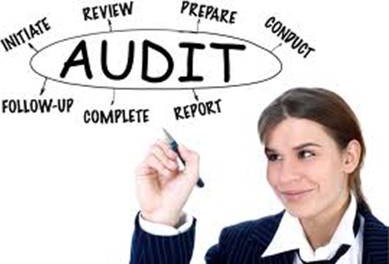 |
Internal Audit Courses |
Objectives
Learn to design and install an internal audit program that will meet the requirements of the applicable standard.
Attendees
The courses are designed for personnel responsible for developing and conducting an internal audit program.
General Content
The courses assist the attendees with structured exercises to analyze the requirements in detail of the standard relating to the internal audit program.
Attendees learn how to design an internal audit program (program scope and schedule, auditor selection and training, audit resource allocation, audit documentation and records, etc.).
These interactive courses assist participants, using structured exercises, to analyze in detail the requirements of the standard relating to the internal audit program.
Participants learn how to design an internal audit program that includes program scope and schedule, auditor selection and training, audit resource allocation, internal audit documentation and records, etc. Participants take part in simulated internal audit exercises to:
- Review the requirements of the standard.
- Participate in simulated exercises where an auditor conducts an audit interview and examines related documents, work instructions and records.
- Record their findings and prepare an audit report.
Courses:
AS 9100D Internal Audit Course
AS 9110C Internal Audit Course
AS 9120B Internal Auditing
IATF 16949:2016 Internal Auditing
ISO 13485:2016 Internal Audit Course
ISO 14001:2015 Internal Audit Course
ISO 17025:2017 Internal Audit Course
ISO 22000 Food Safety Internal Auditor Course
ISO 22000:2018 Internal Auditor Training
ISO 27001:2013 Internal Audit
ISO 45001:2018 Internal Audit Course
ISO 45003:2021 Internal Audit Course
ISO 9001:2015 Internal Audit Course
ISO 9001-ISO 14001-ISO 45001 Integrated Internal Audit Course
 |
Free Courses |
Introduction to CMMC
This course provides a high-level overview of the new CMMC framework and its key components.
It also answers the pressing question of what your company needs to do to comply with CMMC and, likewise, work with the DoD.
Next, fundamental cybersecurity principles and how they connect with CMMC are explained.
Click on "Courses" above, then click on Introduction/Overview Courses to register to this course.
Introduction to AIMM
The Aerospace Improvement Maturity Model (AIMM) is provided by the IAQG to help organizations move beyond compliance to the AS 9100 standard and improve the maturity of their Quality Management System (QMS).
Using AIMM, an organization can evaluate its current level of maturity and set clear targets for improvement. AIMM can be successfully used by certified or non-certified organizations, either for the entire scope of an AS 9100 compliant QMS or specific areas of interest.
Click on "Courses" above, then click on Introduction/Overview Courses to register to this course.
Introduction to Measurement Systems Analysis (MSA)
About Measurement Systems Analysis (MSA)
Learn more about:
- What is measurement systems analysis (MSA)
- What is a measurement system?
- What is measurement system variation?
Click on "Courses" above, then click on Introduction/Overview Courses to register to this course.
 |
Transition Courses |
ISO 9001:2015 Transition Course - ISO 14001:2015 Transition Course - ISO 19011:2015 Transition Course - AS 9100D Transition Course - AS 45001 Transition Course
Welcome to the Gladhill Associates International virtual classroom and on-line transition courses.
Transition Courses
The standards require process audits. These courses are designed for practicing auditors as well as organizations that want training on auditing to the new standards.
Learn how to meet these new requirements while gaining valuable skills. The changes from the previous standard to the new standard are considered significant. The principles upon which the revisions are based will require changes in audit practice among auditors.
Auditors will need to understand the significance and impact of the revisions.
Key Session Topics
Transitioning in the principles and practices of auditing the new requirements.
Review of process auditing techniques.
Auditing against the new requirements.
Differences between the previous version of the requirements.
Role and purpose of a QMS/EMS/SMS.
Seven quality management principles.
Revisions to the standards.
Requirements of the applicable standard.
Differences between the requirements.
Implications of revisions on auditing techniques.
These courses can also be an introduction to the new applicable standard
| Exemplar Global Certification Add-On (CAO) Program |
Registering for Personnel Certification from Exemplar Global can give your career an edge. We are committed to giving our students all the tools that they need to excel in their conformity careers. Which is why, as a student of our training organization, you now have the option to add Exemplar Global’s Personnel Certification to your training schedule at a special reduced rate of $350 USD.
What are the Benefits of Personnel Certification?
Exemplar Global’s Personnel Certification is the next step in your conformity career after receiving your Certificate of Attainment. At a broad level, obtaining Personnel Certification from Exemplar Global will give you the credibility you need to succeed and stand out from the crowd.
Ongoing customer surveys have shown that securing an Exemplar Global certification enhances people’s careers, providing them with independent proof of their knowledge, skills, and attributes in their chosen field. In fact, it’s the number one reason people choose to gain this type of certification.
Exemplar Global’s Personnel Certification program encompasses sought-after management systems such as quality, workplace safety, environmental, and several food safety systems. It also includes a wide range of industry and government-specific programs, including heavy vehicle auditing, bus operator auditing, and food safety auditors, system specialists, auditors, consultants, assessors, professional trainers, engineers and technicians.
How to Add Personnel Certification to Your Training Package
1. You can opt to add Exemplar Global Personnel Certification to your training package either before or during your class, until the end of your course.
2. You'll need to graduate from your course first and receive your Certificate of Attainment before securing the Personnel Certification. This means that you must pass your required course/exam.
3. You'll qualify for Personnel Certification in the same scheme and grade as the course you successfully complete with our organization.
4. Once your training is complete, Exemplar Global will send you your own unique hyperlink to their online platform, Exemplar LINK. This will contain a unique code to ensure the special reduced rate for your Personnel Certification. Click on this link and follow the instructions to apply for Personnel Certification. If you are new to the Exemplar LINK platform, you will be required to register in order to complete your application.
5. Begin your Exemplar Global Personnel Certification and get ready to take your conformity career to the next level.
.jpg) News - Stories - Ideas
News - Stories - Ideas
Note: This article, by David Schwinn, appeared in Quality Digest on November 23, 2025
The Quality Profession: A Noble Calling
One expert’s thoughts on how quality has evolved, adapted, and stayed the same.
I’ve been in and around the quality profession for decades. When I first started, we were most concerned about products failing in our customers’ hands... too often and too soon. I worked at General Motors in those days, in the Frigidaire division when Frigidaire was part of General Motors. We made major home appliances and parts for automotive air-conditioning systems.
I was fortunate to simultaneously see two very separate industries at the same time. In both industries our quality was generally as good as anyone else’s. Our customers liked our quality, but not enough to influence the choice of what products they bought. Our jobs in those days as quality professionals were to try to improve quality without increasing cost, at a time when everyone absolutely believed that improving quality meant increasing cost. That was about to change.
By the mid-1970s, I was at Ford Motor Co.’s world headquarters, and we were about to go out of business—and not because of General Motors. By that time, Toyota and other Japanese automakers were taking market share away from us. When we did our research, we found out we were losing market share because Japanese cars were four times better than any domestic auto manufacturers’ cars—General Motors, Ford, or Chrysler. In Ford’s case, we determined that our customers could expect to take the cars back for repairs four times during the one-year warranty period, while Toyota customers did not take their cars back at all during their similar warranty period. We were clueless.
A Texas Ford/Toyota dealer told me, “Son, when we get Fords, we need to spend a week getting them in good enough shape to sell. When we get Toyotas, we wash them, we sell them, and we never see them again.” Around then that kind of observation occurred in any industry anywhere in the world that competed against the Japanese.
Further research into Japanese automakers, including many visits to those companies, yielded one salient observation. Japanese assembly lines would shut down once a week so that the foremen could ask employees what was going wrong and what could be done to improve the situation. Then they made those improvements. We saw other things but didn’t understand their significance, because we didn’t yet understand quality in the way that the Japanese understood quality.
Seeing those quality circles and understanding that they were doing something akin to what we had learned in graduate school, we created a movement within Ford and with our major suppliers to encourage all our managers to participate more and develop our employees. We called that effort “participative management/employee involvement.” That effort, along with a top-management focus on quality, made a difference. The Japanese still had better quality, but not that much better.
They had, however, another advantage that we really couldn’t understand: We found out that their costs to build cars that compared to ours were $2,500 less per car than ours—this when $2,500 was a lot of money.
As an aside, one of my jobs at world headquarters was to review proposals for new plants. Because of our investment in Mazda, we asked them to propose a new plant for us to provide half the production for a new powertrain assembly. I reviewed both the Mazda proposal and the internal proposal, and was very surprised. Mazda’s proposed labor cost for each assembly was less than ours, while the labor rates were comparable. The real surprise came when Mazda’s cost and size of the plant was also less at a time when we assumed that lower costs came from expensive automation. I had no idea that when you make good quality, you also save labor, equipment, and inventory costs.
In 1980, an NBC white paper, “If Japan Can, Why Can’t We?” changed all that. It introduced the world outside the quality profession to W. Edwards Deming. If you’re not familiar with it, the video is about 90 minutes long. The last (approximately 15-minute) segment focuses on Deming’s work, the man most people consider the father of managing for continual improvement. Most of us quality folks had heard of Deming at that time but didn’t know much about him.
Deming taught us that quality doesn’t cost money. It saves money. When we create products or services, some of them are good and some of them are bad. When our customers don’t like what they’ve bought they might complain, but most don’t; they just tell their friends and neighbors and walk away. What an interesting way to lose sales! Some customers might even send the product back. That might mean that we need to replace the product. With a service, we may need to repeat it. We might also add inspection and auditing to prevent those poor products and services from getting to the customer.
When the inspectors find bad products or services before they get to the customer, that means more scrap and rework. Our accounting systems in those days either completely ignored those costs or called them overhead, burden, or loss, and just considered them a cost of doing business. (Some accounting systems still assume that.) Investigations in those days found that those costs were 15–40% of a company’s total costs. If sales minus costs equal profit, and profit is 5%, it’s obvious that reducing those costs of waste and rework can make a big difference on profit. Deming summarized this understanding as his “chain reaction.”
That waste also packs our landfills and pollutes our groundwater. Some of it is carbon dioxide that increases climate change. Some of it is the loss of critical raw materials that can, in turn, create conflict as people struggle to claim those resources.
So, as quality professionals, we know how to please our customers; improve sales; reduce waste, rework, and overall costs; improve profitability; improve our environment; even avoid conflict over shortages of natural resources. And most of us are actively doing this work.
We keep doing the work by:
• Finding and identifying waste and rework
• Estimating, with the help of our accountants if we can, the annual cost of those losses
• Working with upstream folks to prevent those losses in the first place, thereby saving money and improving quality
• Continuing the improvement process
Although most of you already know all this, I think it’s worth reminding you: Quality isn’t just functional quality as it’s been traditionally defined. It’s getting the right product or service at the right price, to the right place, when the customer wants it. And all this is done in both a physically and psychologically healthy way. We also know how to set goals, how people are motivated, how systems work, and how learning and improvement go hand in hand.
Noble work indeed!
 |
Exemplar Global Recognized Training Provider Program (RTP) |
Gladhill Associates International is now part of the Exemplar Global Recognized Training Provider (RTP) Program.
Many of our Internal Audit courses are certified as well as our TPECS Lead Auditor courses.
Extend your Learning
Graduate Certification
To help you get started and realize the full benefits that come with being a Gladhill Associates International and Exemplar Global Recognized Training Provider (RTP) student, we’ve compiled this guide for you.
Benefits for Students:
- 12 months of ongoing professional development and support through direct access to a series of tailored learning content Access to Exemplar LINK, a dedicated platform to help professionals build their career pathway and identify and capitalize on opportunities.
- Access to an exclusive LinkedIn community to interact with other graduates and industry professionals to promote networking opportunities and skill sharing.
- An Exemplar Global Graduate certificate in addition to the Gladhill Associates International certificate.
The Bigger Picture
Gladhill Associates International and Exemplar Global are passionate about supporting the auditing profession and the industry as a whole to grow and deliver strong outcomes for the community. The Recognized Training Provider (RTP) program is one of our efforts to achieve this goal.
Not only does the program foster and promote the best training providers around the world, but it supports those interested in the auditing profession, our students, to become the best professionals they can be. Therefore, improving the entire community as a whole.
Why should I choose a training provider that has been certified by Exemplar Global?
By choosing an Exemplar Global certified training provider you can be assured that you are attending a course of a higher standing that has been recognized by a third party.
Additionally, by taking a course from an Exemplar Global certified training provider, you can benefit from enhanced personal development and career pathway opportunities.
These include a self-coaching assessment, and access to a library of educational materials to help you to further your professional development.
How will completing an Gladhill Associates International RTP course enhance my career?
Completing a Gladhill Associates International RTP certified course demonstrates that you’ve completed a course that is relevant to the assurance industry and can assist you to advance along this career path.
You will also receive access to Exemplar Global’s library of continuing professional development, in addition to regular communications and resources to enhance your education. It will also allow you to take the next step and obtain Auditor Certification with Exemplar Global in the future.
Will I have access to the Exemplar Global community and networking opportunities through my certification?
You will receive access to Exemplar Global’s dedicated LinkedIn group which will allow you to access exclusive resources plus network with other course graduates and industry professionals. This is particularly valuable if you are interested to pursue a career in auditing or want to apply for Exemplar Global personnel certification in the future.
RTP Courses:
|
ISO 9001:2015 Internal Audit Course |
ISO 14001:2015 Internal Audit Course |
|
ISO 45001:2018 Internal Audit Course |
ISO/IEC 17025:2017 Internal Audit Course |
|
ISO 22000:2018 Internal Audit Course |
ISO 13485:2016 Internal Audit Course |
|
ISO 27001:2013 Internal Audit Course |
ISO 9001 with Emphasis 0n IATF 16949:2016 Internal Audit Course |
 |
New Courses |
New courses, Coming Attractions, Free Courses
We now have the ISO 45001:2018 Lead Auditor Course
Introduction to Cybersecurity Maturity Model Certification (CMMC)
Introduction to SWOT - Strengths. Weaknesses, Opportunities and Threats (Free)
ISO 45003:2021 Internal Audit Course
Introduction to AIMM - Aerospace Independent Maturity Model - Free
AIMM User Guide - Free
Many Other On-Line and/or Virtual Courses
Process Mapping - Human Factors - Corrective/Preventive Actions - ISO 5001 - Risk Management - Templates - ISO 14001 Gap Analysis/Internal Audit Checklist (NEW) - ISO 9001: 2015 Gap Analysis/Internal Audit Checklist (NEW) - AS 9100 Gap Analysis/Internal Audit Checklist (NEW) - Introduction Courses, Six Sigma, Process Auditing and much more...
Our ISO/IEC 27001:2018 Internal Audit Course has been revised to ISO/IEC 27001:2022
Please click on “Courses” on our home page to view a complete list of our on-line courses.
 |
Consulting - Auditing |
Auditing and Consulting Available.
Contact Us At www. admin@gladhillassociates.com
Consulting
Take advantage of our on-site advice and instruction for organizations developing their own quality systems.
For organizations with limited staff or time constraints, we complete the documentation, training, auditing and registrar selection in turn-key fashion.
We also provide on-line internet, interactive consulting at a reasonable price.
E-mail, call or fax us at any of our offices for a no obligation proposal.
Auditing
Gap Analysis
We provide experienced auditors to identify what improvement to your system will be required and recommendations for corrective actions.
Readiness Assessment
We conduct readiness assessment audits to provide companies with a measure of their readiness for the formal on-site assessment by the registrar. We also work with companies to correct nonconformances identified by the registrar during the assessment.
Internal Audits
Gladhill Associates International will do your internal audits. If you're having problems such as some listed below, contact us for details:
Not enough internal resources.
Not finding opportunities for improvement.
Want an outside, independent opinion on where you can improve.
Don't want to wait until you have time
Outsourcing your internal audit may be more cost effective than doing it yourself.
